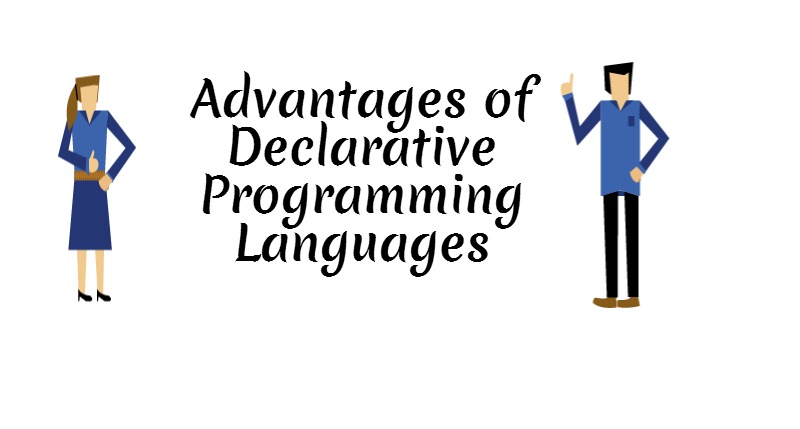Declarative programming Languages Assignment Help
Introduction to Declarative programming Languages

Declarative programming is a way of specifying what a program should do, rather than specifying how to do it. Most computer languages are based on the steps needed to solve a problem, but some languages only indicate the essential characteristics of the problem and leave it to the computer to determine the best way to solve the problem. The former languages are said to support imperative programming whereas the latter support declarative programming.
Advantage of Declarative programming Languages
 A declarative language is a type of programming language where you describe what goal a task has, but without writing the code to accomplish the task. HTML, SQL and Prolog are all examples of declarative languages. This language type has several advantages compared to other types, most notably imperative languages, where you actually write code that defines how a program should accomplish tasks.
A declarative language is a type of programming language where you describe what goal a task has, but without writing the code to accomplish the task. HTML, SQL and Prolog are all examples of declarative languages. This language type has several advantages compared to other types, most notably imperative languages, where you actually write code that defines how a program should accomplish tasks.
Smaller Program
Declarative programming Languages Assignment Help By Online Tutoring and Guided Sessions at AssignmentHelp.Net
Programs made with a declarative language are often smaller than ones made with an imperative language. This is because you need to use less code to accomplish a goal.
Reusable Code
- The code that defines how to accomplish a task is actually built into the programming language or in the computer itself.
No Scripts
- Declarative programming languages do not need scripts to define how the program should relate one clause to another.
Ease of Use
- Due to the simplistic nature of a declarative language, people new to programming can pick up the basic concepts of the paradigm quickly and write a program with ease.


